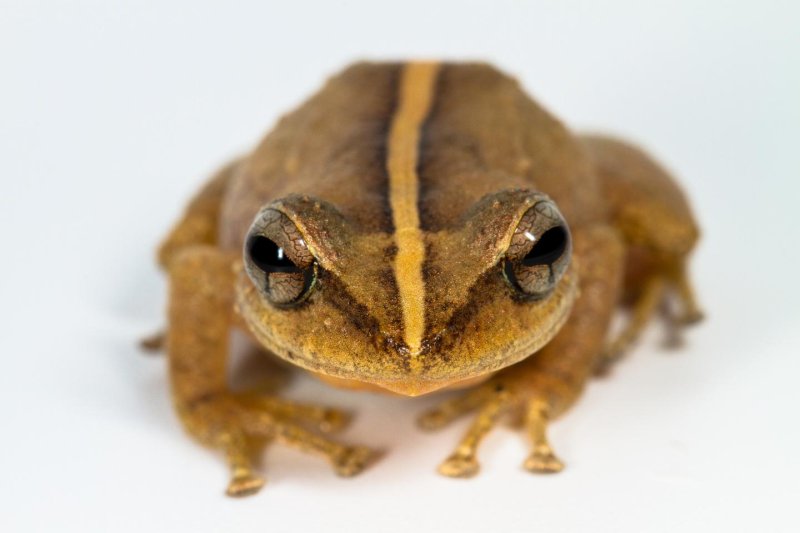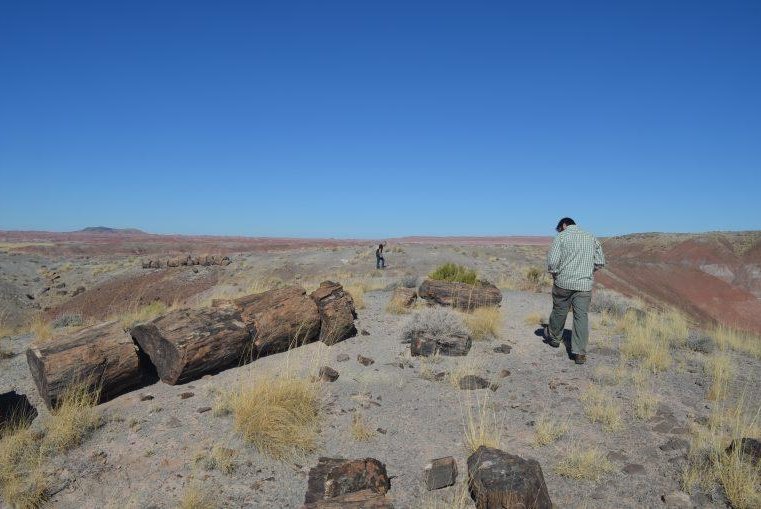Scientists studied Polynesian sweet potatoes collected by Captain Cook in 1769.

Rows of sweet potatoes are pictured growing in Peru. Photo by Oxford University
April 13 (UPI) -- The sweet potato made its way to Polynesia without human assistance, new research suggests, colonizing the islands prior to the arrival of the first humans.
When European explorers first visited Polynesia, they found an abundance of sweet potatoes, a root vegetable native to the Americas. Researchers led by a team at Britain's University of Oxford have interpreted their discovery as proof of early contact between Polynesians and Americans prior to the arrival of European explorers and colonists.
New genomic evidence, however, undermines such an interpretation. Analysis of the remains of Polynesian sweet potatoes collected by Captain Cook in 1769 showed the vegetables were of a variety that colonized before the arrival of the earliest Polynesia peoples.
Researchers sequenced the genomes of several varieties of sweet potatoes, both planted and wild varieties, using historic and modern samples. Their analysis, published this week in the journal Current Biology, linked the historic wild varieties with the cultivated crop.
RELATED DNA tests reveal plant species thought to be extinct
The research suggests that wild sweet potatoes came to Polynesia through natural means. It's possible the seeds were carried to the islands by migrating birds. Scientists also determined that several other species of morning glories closely related to wild sweet potatoes colonized Polynesia during pre-human times.
"The sweet potato's early presence in Polynesia has been widely interpreted as strong evidence for human contact between Polynesia and America in the Pre-Columbian era," Pablo Muñoz-Rodríguez, a researcher at Oxford, said in a news release. "However, our finding is that the plant probably reached the Pacific Islands through natural dispersal by birds, wind or sea currents in pre-human times, as did several other species of morning glory."
The research suggests that wild sweet potatoes came to Polynesia through natural means. It's possible the seeds were carried to the islands by migrating birds. Scientists also determined that several other species of morning glories closely related to wild sweet potatoes colonized Polynesia during pre-human times.
"The sweet potato's early presence in Polynesia has been widely interpreted as strong evidence for human contact between Polynesia and America in the Pre-Columbian era," Pablo Muñoz-Rodríguez, a researcher at Oxford, said in a news release. "However, our finding is that the plant probably reached the Pacific Islands through natural dispersal by birds, wind or sea currents in pre-human times, as did several other species of morning glory."
























 September 1945, a little-remembered frenzy erupted in the United States. Japan had surrendered, ending World War II, but American meat packers, steelworkers, telephone installers, telegraph operators, and auto assemblers had something different from partying in mind. In rolling actions, they went on strike. After years of patriotic silence on the home front, these workers, along with unhappy roughnecks, lumberjacks, railroad engineers, and elevator operators — some 6 million workers in all — shut down their industries and some entire cities. Mainly they were seeking higher pay — and they got it,
September 1945, a little-remembered frenzy erupted in the United States. Japan had surrendered, ending World War II, but American meat packers, steelworkers, telephone installers, telegraph operators, and auto assemblers had something different from partying in mind. In rolling actions, they went on strike. After years of patriotic silence on the home front, these workers, along with unhappy roughnecks, lumberjacks, railroad engineers, and elevator operators — some 6 million workers in all — shut down their industries and some entire cities. Mainly they were seeking higher pay — and they got it, 


 Tragic stories are part of what is giving new labor its resonance, like that of
Tragic stories are part of what is giving new labor its resonance, like that of 

 Ifcorporate America does face a post-Covid-19 reckoning from workers, the gig economy seems like one of the top probable targets. Jim Chanos, president of Kynikos Associates, a hedge fund that shorts stocks, was made famous in the early 1990s for
Ifcorporate America does face a post-Covid-19 reckoning from workers, the gig economy seems like one of the top probable targets. Jim Chanos, president of Kynikos Associates, a hedge fund that shorts stocks, was made famous in the early 1990s for 

